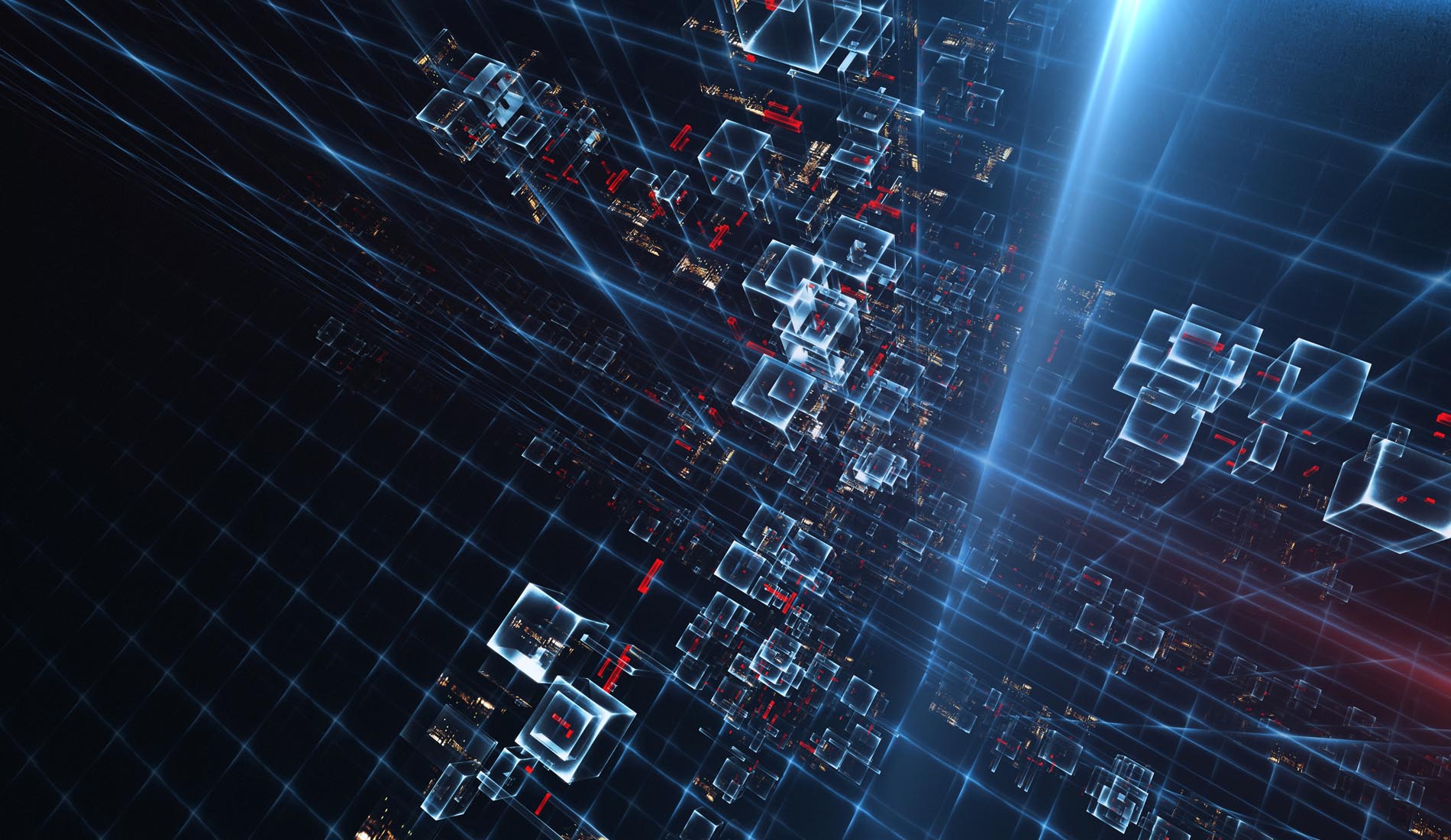The Copyright Registration Guidance (Guidance) published by the United States Copyright Office in March mainly addressed whether a human providing simple prompts or other input to an artificial intelligence (AI) algorithm could obtain a copyright registration for the output that the AI algorithm generated based on the human input. Working with AI algorithms all the time, I previously discussed whether the creator of the AI algorithm, and not the user, could obtain a copyright registration for that output. Now a few months later, a court has handed out a decision on whether to grant a copyright registration to the AI algorithm in Thaler v. Perlmutter, 1:22-cv-01564 (D.D.C).
That’s right. The court was confronted with the issue of whether to grant a copyright registration to the AI algorithm or the machine running the AI algorithm, rather than the creator of the AI algorithm. The plaintiff in this case has been a proponent of giving credit to machines running the plaintiff’s AI algorithms instead of the plaintiff directly, regardless of whether the AI algorithms output more algorithms or artworks. See Thaler v. Vidal, No. 21-2347 (Fed. Cir. 2022).
To support the position that the plaintiff’s machine should be granted a copyright registration, the plaintiff consistently represented in the copyright application that the AI algorithm generated the work “autonomously” and that the plaintiff played “no role” in the generation. This representation undermines any creative effort that the plaintiff may have made in producing the work. In general, while an AI algorithm once developed may be executed autonomously without human intervention, the AI algorithm was not developed in a vacuum and a human could have incorporated various creative elements into the AI algorithm, as discussed in my previous blog post.
Continue reading “Can a Human Behind AI Be Creative?”
